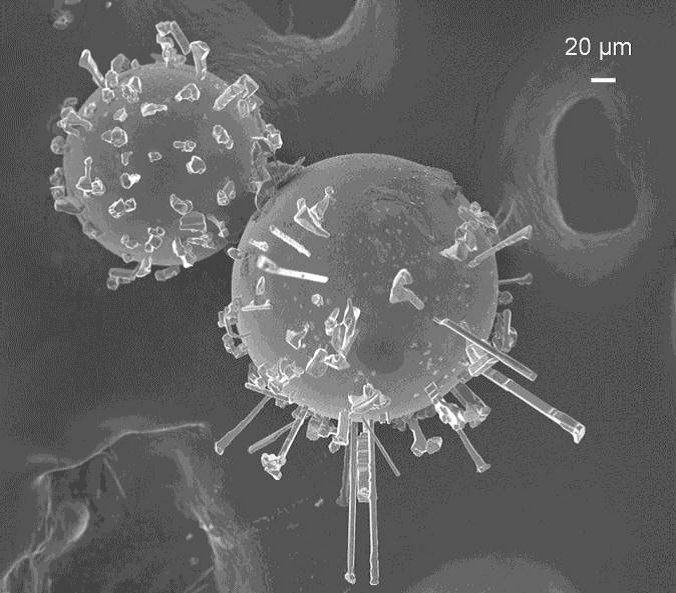
The lignocellulose pulping solution may contain toxic degradation products such as furfural or hydroxymethyl-furfural, which can impair the growth of microorganisms.
Fraunhofer IGB has established a process for detoxification with an immobilized laccase of Trametes versicolor for the removal of growth-inhibiting substances. Through laccasecatalyzed polymerization and precipitation, interfering aromatics can be easily removed by filtration. A minimum enzyme concentration was determined that is sufficient to remove more than 80 percent of the aromatic substances from the solution. The remaining toxic substances can then be removed from the fractions, e.g. by adsorption on carrier materials.
The digestion solution rich in hemicelluloses can then be used in fermentations with certain microorganisms. This is also part of the work at Fraunhofer IGB.
 Fraunhofer Institute for Interfacial Engineering and Biotechnology IGB
Fraunhofer Institute for Interfacial Engineering and Biotechnology IGB